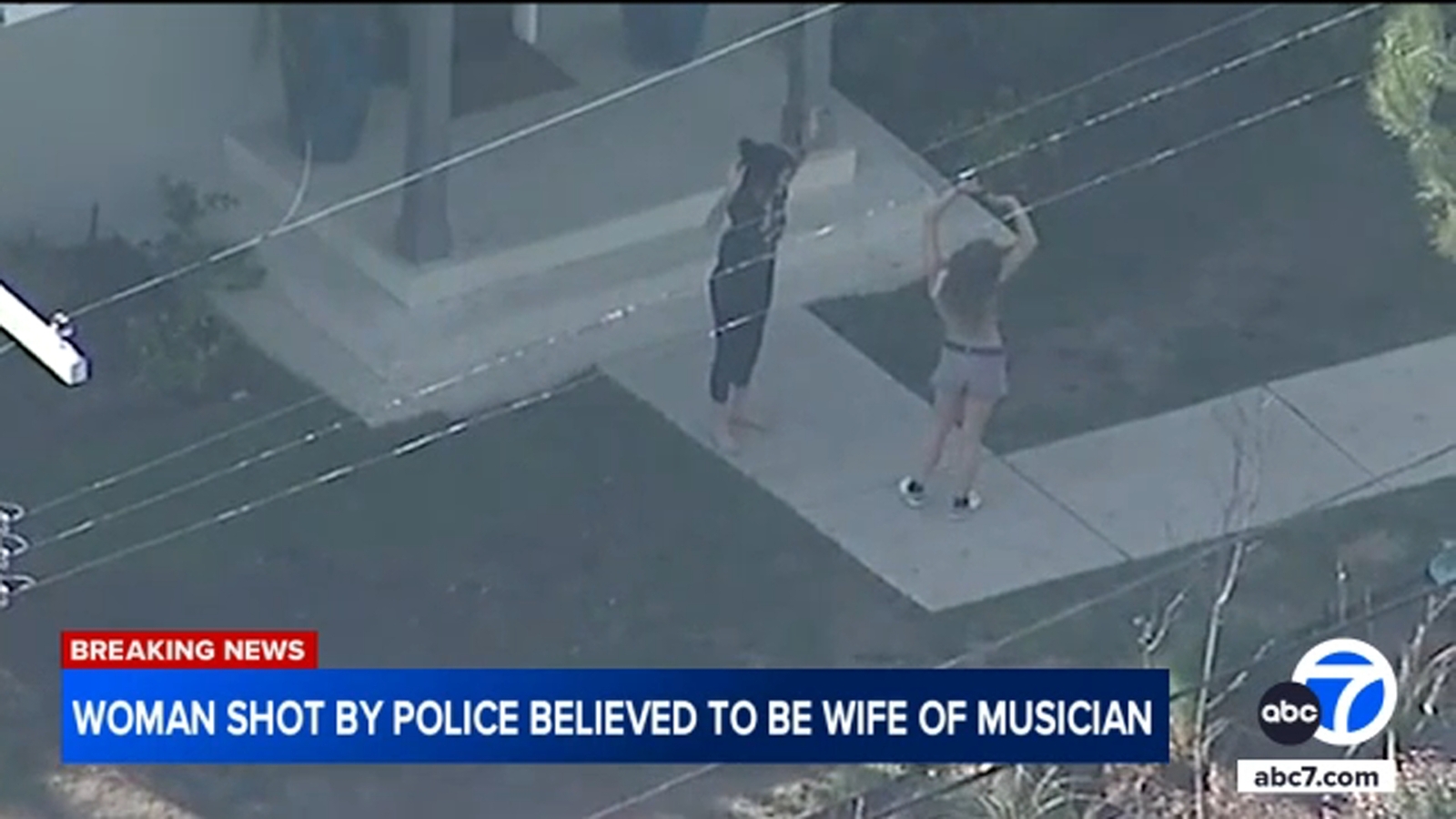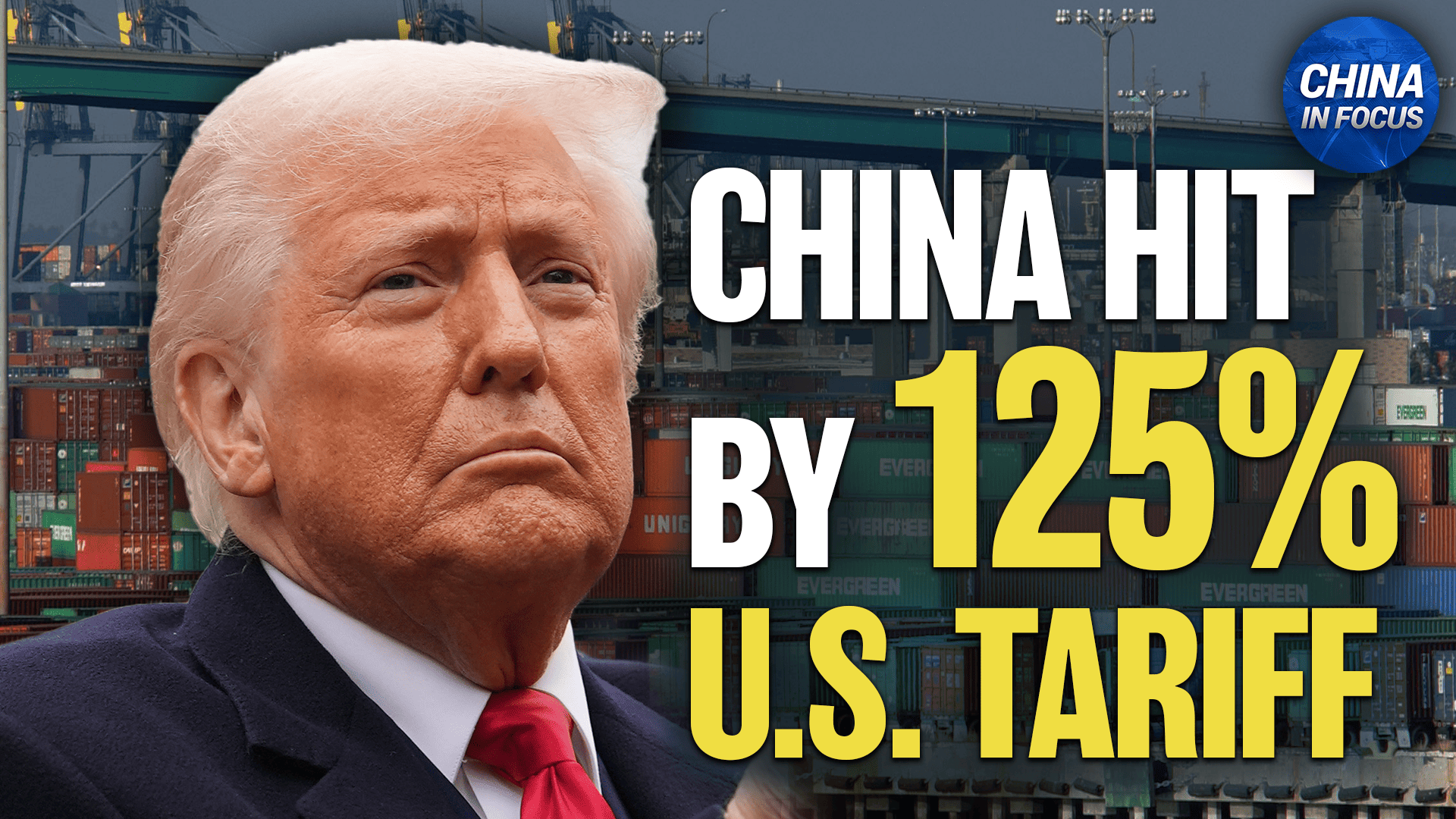California now has 48 percent more public and shared private electric vehicle (EV) chargers than the number of gasoline nozzles available, Gov. Gavin Newsom announced. The California Energy Commission (CEC) estimates there are 120,000 gas nozzles in California versus 178,549 public and shared private chargers, the governor’s March 20 statement said.
A shared private charger is usually at a workplace and is available to employees, or at a condo or apartment complex, available to tenants, residents, or visitors. “We’re embracing our clean car future and providing consumers more choices—no matter what ‘big government’ mandates come out of Washington,” Newsom said in the statement. The CEC also estimates there are over 700,000 Level 2 chargers installed statewide in single-family homes.

The State of California has spent billions to support its green transportation goals. “With today’s alert, we are reminding localities that they must comply with state law in streamlining the permitting of this infrastructure, as well as removing unreasonable barriers that prevent deployment statewide, which will improve air quality and mitigate climate impacts for generations to come,” Bonta stated. But there are concerns that California’s EV infrastructure is inadequate.
Some 20 percent of EV chargers probably don’t work, says Patrick De Haan, the head of petroleum analysis at GasBuddy, a technology platform providing gas price comparison tools. “While building new EV chargers is great, many were installed with tax incentives and have fallen out of repair and lack maintenance, ” he said. Moreover, the EV infrastructure still pales in comparison with gasoline, he said.
“The average utilization time for an EV charge is much higher than the 5-10 minutes it takes to fill a car with gasoline,” De Haan told The Epoch Times in an email. “And that does not include any increases in crude oil prices and the price of wholesale gasoline,” the study says. This could cost Californians an extra $222 to $449 per year for regular grade fuel, and even higher for premium grade.
“The increase contributes to inflation, the high cost of living in California, and has a disproportionate and adverse impact on lower income Californians,” according to the study. “To compensate for the increases, the average Californian driving an internal combustion vehicle will have to earn an additional $600 to $1,000 a year in pre-tax income in order to ‘break even’ with 2024 prices, depending on the grade of gas they purchase.” CARB in November 2024 passed new special blend mandates under California’s Low Carbon Fuels Standard.
CARB, which admits the new special blend would likely take the retail price of gasoline higher by 47 cents per gallon, is requiring that refiners produce and retail gas stations offer the new California special blend in 2025. The new mandate is in line with the state’s carbon and methane emission reduction targets, including the 2035 mandate to eliminate the sale of new internal combustion engine cars. The new regulations don’t stop there.
.
Environment

EV Chargers Overtake Gasoline Pumps in California

California now has nearly 50 percent more EV chargers than gas nozzles in the state, as consumers are told to brace for higher prices at the pump.















